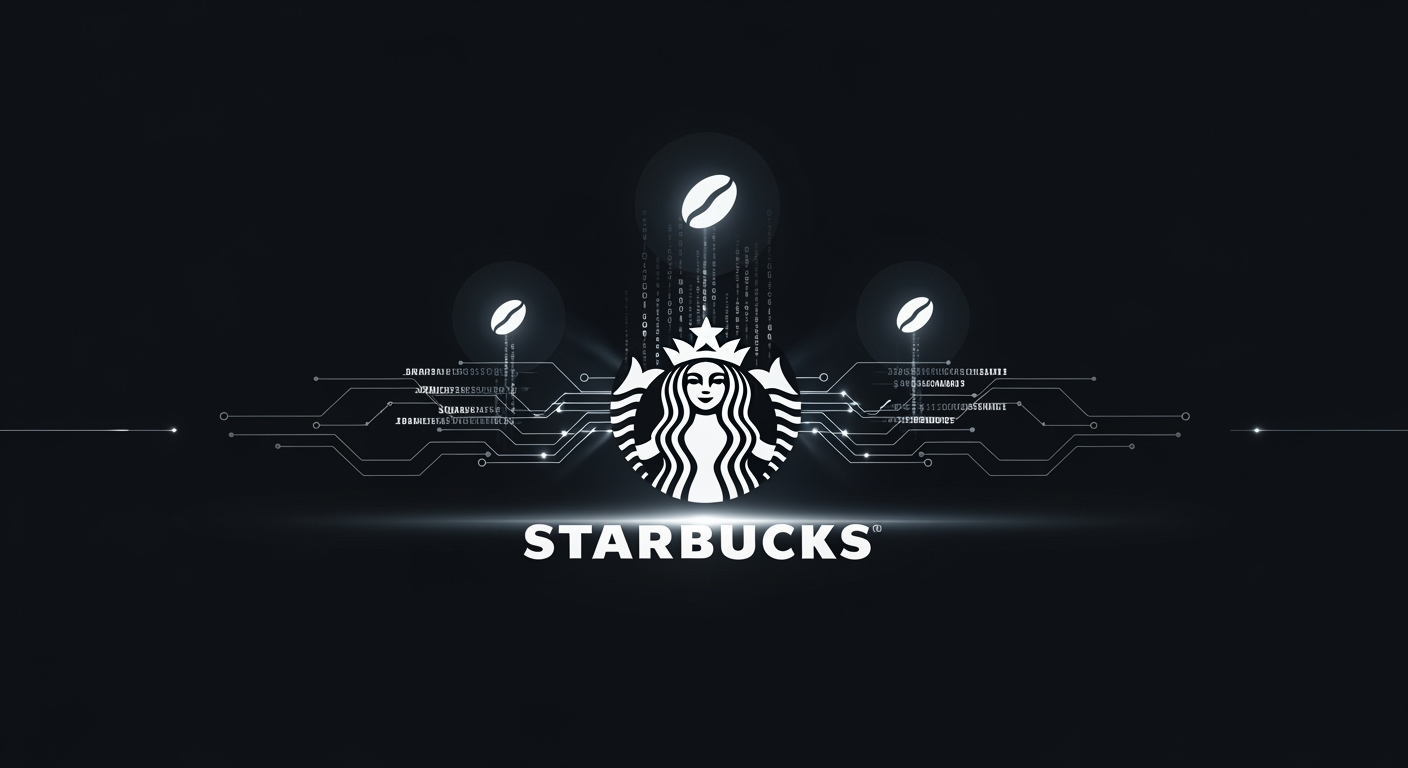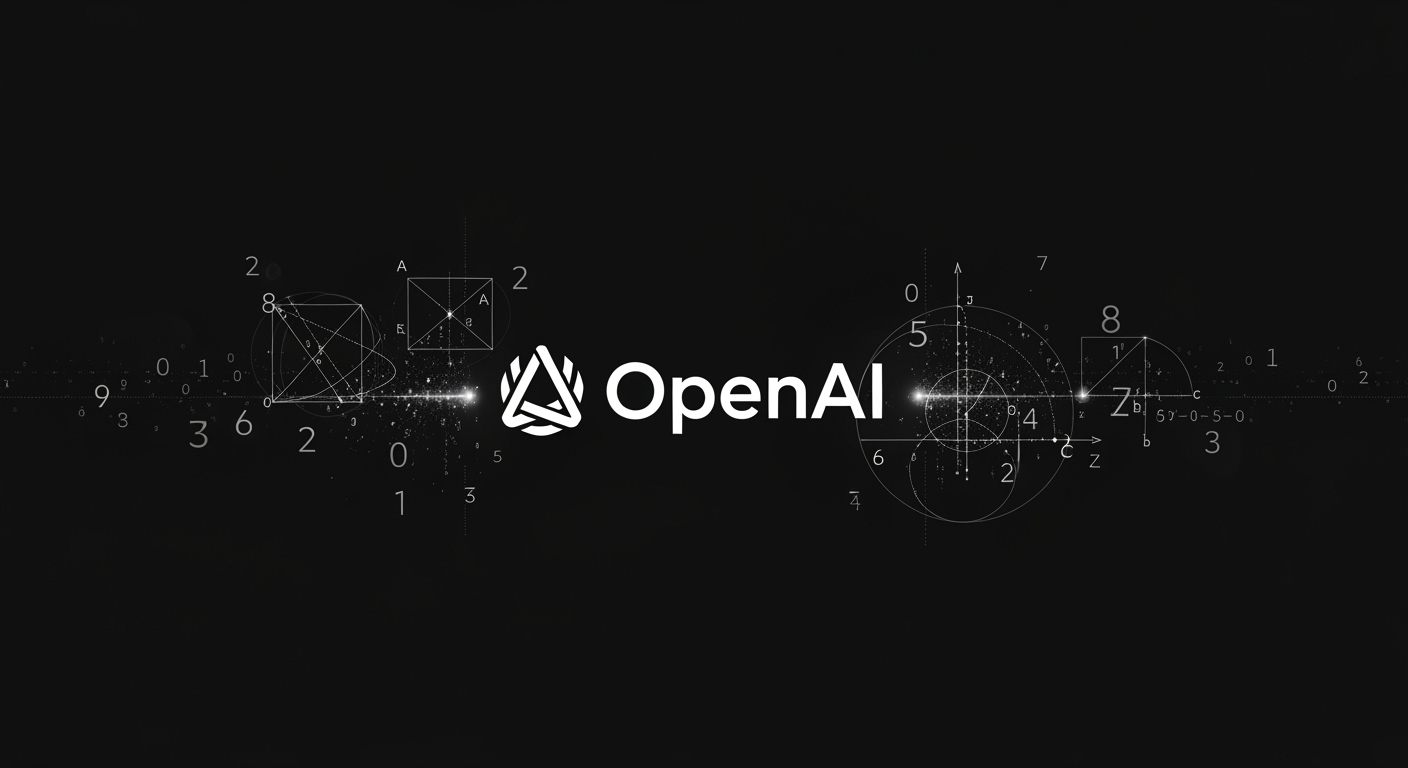Why the AI Boom May Not Guarantee Victory for Big AI Labs

The Shifting Ground Under Foundation Models: Is an AI Commodity Future Near?
The rapid progress of artificial intelligence has, until recently, revolved around a handful of tech giants racing to build ever-larger foundation models. Companies like OpenAI, Anthropic, and Google seemed poised to dominate, backed by massive investments in computing power and data. But the winds are shifting, and the dominance of these big AI labs is facing serious questions.
From Foundation to Customization: The New AI Startup Mindset
Startups are increasingly treating foundation models as interchangeable commodities. Rather than fixating on developing the next breakthrough model, they're focusing on:
- Customizing or fine-tuning existing models for specific business needs
- Building user-friendly applications and interfaces
- Switching between providers (e.g., OpenAI, Anthropic, Google) with little friction
This was evident at the recent Boxworks conference, where the spotlight was on practical, user-facing AI solutions—rather than the underlying models themselves.
Why Foundation Models Are Losing Their Edge
Much of the early advantage in AI came from pre-training massive models on vast datasets. This required enormous resources, creating a natural moat for companies with deep pockets. However, the benefits from scaling are now slowing down. The industry is seeing:
- Diminishing returns from ever-larger pre-trained models
- Greater innovation coming from post-training methods and reinforcement learning
- Success stories (like Anthropic’s Claude Code) that show fine-tuning and interface design can matter more than raw model size
Is There Still a "Moat" in AI?
For a while, building a foundation model seemed like a guaranteed path to industry dominance. The assumption: whoever controlled the best models would control the future of AI. But the reality is proving more complex:
- Third-party AI applications use foundation models from multiple providers, expecting to swap them as needed
- Open-source alternatives are gaining traction, further commoditizing the core technology
- First-mover advantage is fading; OpenAI was first with coding and generative models, but competitors quickly caught up
The "Coffee Beans" Analogy: Low-Margin Futures?
Some now compare the big AI labs to commodity suppliers—"like selling coffee beans to Starbucks." If application-level innovation moves faster than foundational breakthroughs, giants like OpenAI and Anthropic could find themselves as back-end providers in a price-sensitive, low-margin business.
What Could Save the Big AI Labs?
The story isn't over. Large labs still have advantages such as:
- Brand recognition and trust
- Massive infrastructure and funding
- Potential breakthroughs in general intelligence or new scientific domains
It’s possible that a leap in AGI, or a radical new application in fields like pharmaceuticals or materials science, could re-establish a clear lead.
The Road Ahead: Agile Startups and Risky Bets
For now, the AI industry is looking less like a winner-takes-all race, and more like a marketplace of specialized, rapidly iterating businesses. Foundation model companies must adapt or risk being outpaced by nimble startups and open-source communities.





